Enjoy your adventure of a lifetime within the heart of Tanzania with our experienced guides! Traveling with Kilimanjaro 360 means the very best safety standards, state-of-the-art equipment, comfort, and care on your thanks to the top!
ALL ROUTES
Experience the seclusion of the Northern Circuit, including panoramic views of Lemosho and Machame or the last word challenge of Umbwe.
HIGH SUCCESS RATE
Be assured – climbing Kilimanjaro with our professional guides are going to be successful.
QUALITY STANDARDS
Rugged, four-season Mountain Hardware tents, Super warm Mountain Hardware -30F sleeping bags, Delicious meals made up of fresh, local ingredient
1.Africa may be warm, but the mountain is cold.
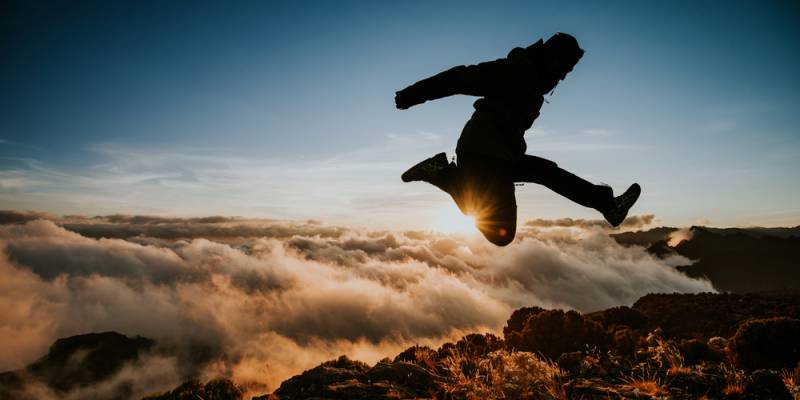
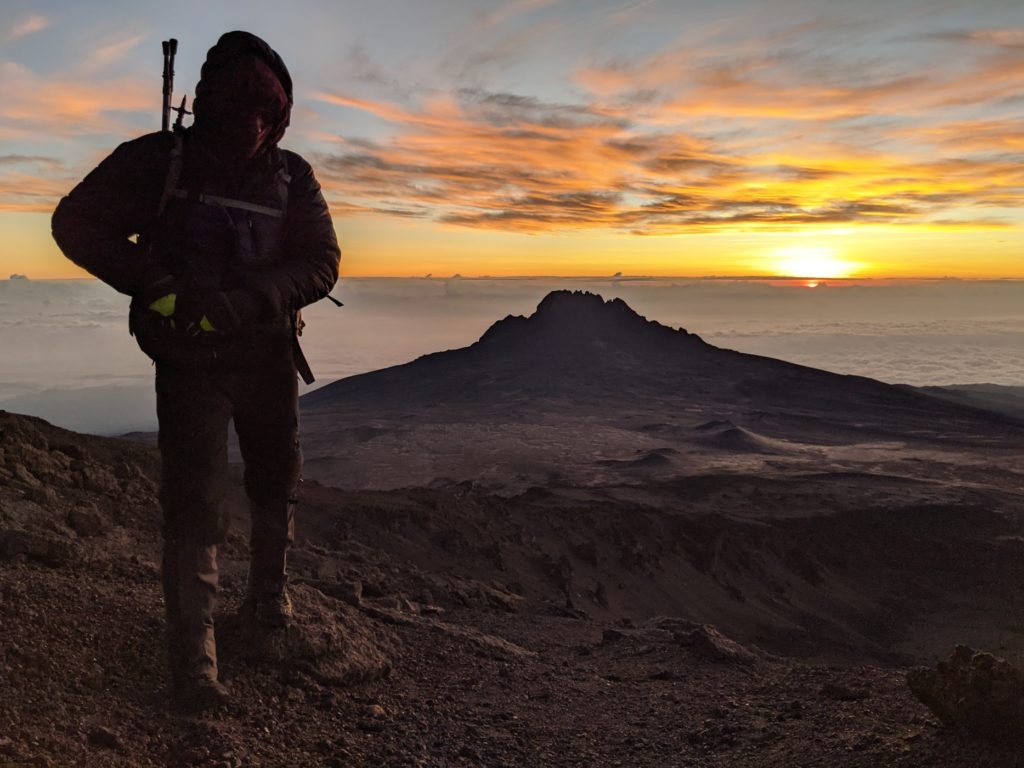
Just because Kilimanjaro is found on the brink of the equator doesn’t mean it’s scorching hot. It’s not. soon, as soon as you gain elevation, the temperature drops. meaning everyone must have clothing that’s designed to stay warm in the weather.
During the day, it often is warm as long because the sun is visible. So during day hikes, you’ll probably be pretty comfortable wearing one base layer on top and trekking pants. Occasionally, a softshell jacket for when the clouds come or a tough shell if there’s a robust breeze. At night, it’s a special story. because the sun sets, the cold comes too. It’s not uncommon to wear a down jacket and knit hat even on the very first night.
Almost certainly you’ll have nights where temperatures fall below freezing. this may be apparent once you find that ice formed on your tent while you slept overnight. As long as you’ve got the proper clothing and right gear, this is often a non-issue (Kilimanjaro 360 rents -30F rated Mountain Hardwear sleeping bags to clients, provides foam sleeping pads, and houses climbers in sturdy Mountain Hardwear Trango tents).
2. You will eat well on the mountain.
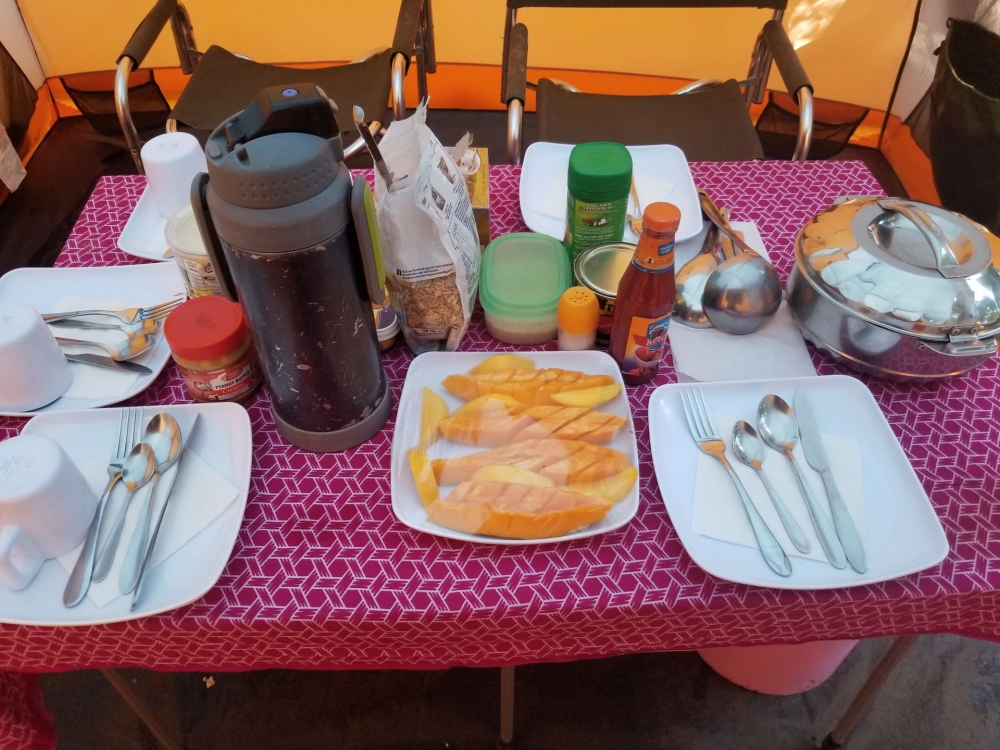

Unlike western backpacking trips, where the majority of the caloric requirements are met with dehydrated foods, powdered mixes, and processed items, the meals on Kilimanjaro are made with fresh ingredients. Our clients eat real meals consisting of fruits, vegetables, meats, eggs, and grains, also as an assortment of snacks.
The chef and his helpers prepare your meals during a kitchen tent employing a kerosene stove (open fires aren’t permitted on the mountain. we will cater to vegetarian and vegan diets.
We believe that providing tasty food is a crucial element to successful climbing. At altitude, people often lose their appetite. And not eating is harmful to acclimatization and also inhibits recovery. So we serve food designed to stay people nourished while providing enough energy to continue hiking.
Kilimanjaro 360 carries enough food for each client and each staff person to last several days and have more rations brought into camp once or twice during the trek therefore the food is usually fresh and plentiful. Our clients often say they eat better on the mountain than they are doing reception. We believe them.
Budget operators serve low-quality food choices with low nutritional value. which will hinder your success.
3. Kilimanjaro is not a technical climb. It’s a hike.

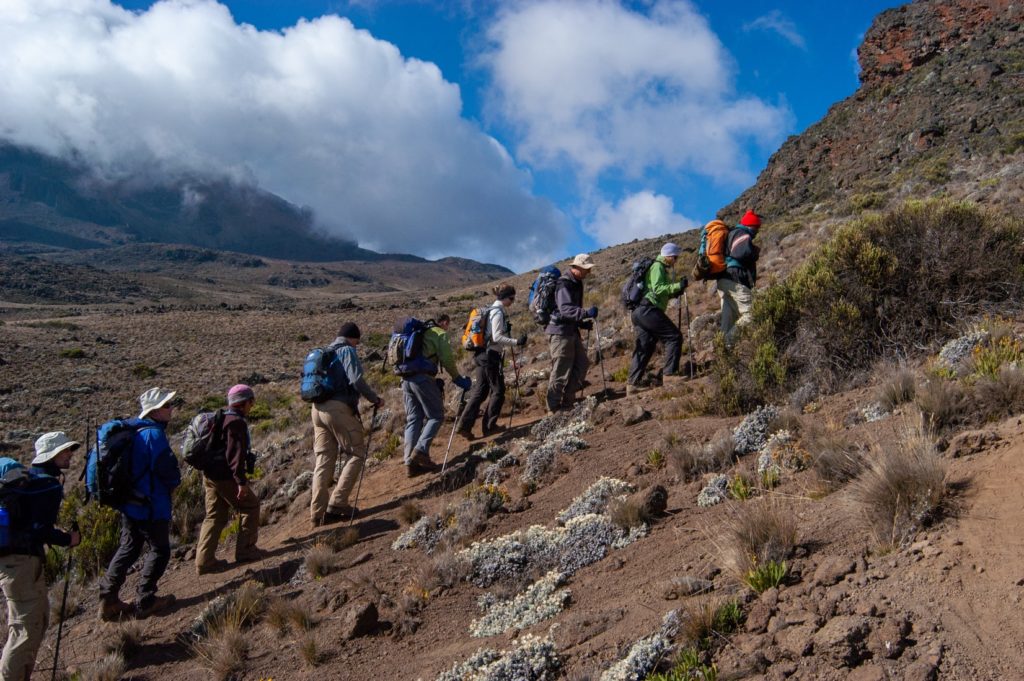
When people think of climbing a mountain, they conjure up images of a brave soul clinging to a vertical rockface with their bare hands, with a harrowing fall to the earth below. Or an intrepid alpinist dressed from head to toe in a down suit, taking step after step in deep snow, ax in hand, while roped to their teammates. Neither of these applies to Mount Kilimanjaro despite its formidable height.
Mount Kilimanjaro does not require any technical skills. It is what is known as a “walk-up” mountain because, well, you just walk up to it. There is no need for mountaineering equipment like harnesses, ice axes, or ropes because there is no danger of falling off a cliff or into a crevasse. Furthermore, there are no parts of the trail where one has to be particularly talented in rock climbing.
Kilimanjaro is known as “Everyman’s Everest” because it is a challenge that is completely doable by laymen. If you asked around, you would probably find that you have a few friends, or friends of friends, who are not the most outdoorsy people yet have successfully stood on Uhuru Peak. More than 30,000 people attempt the mountain every year and the demographics of those visitors show that people from all walks of life come here to test their mettle. Young and old, experienced backpackers and complete newbies, all have a place on this mountain.
4. A support team handles all the heavy lifting.
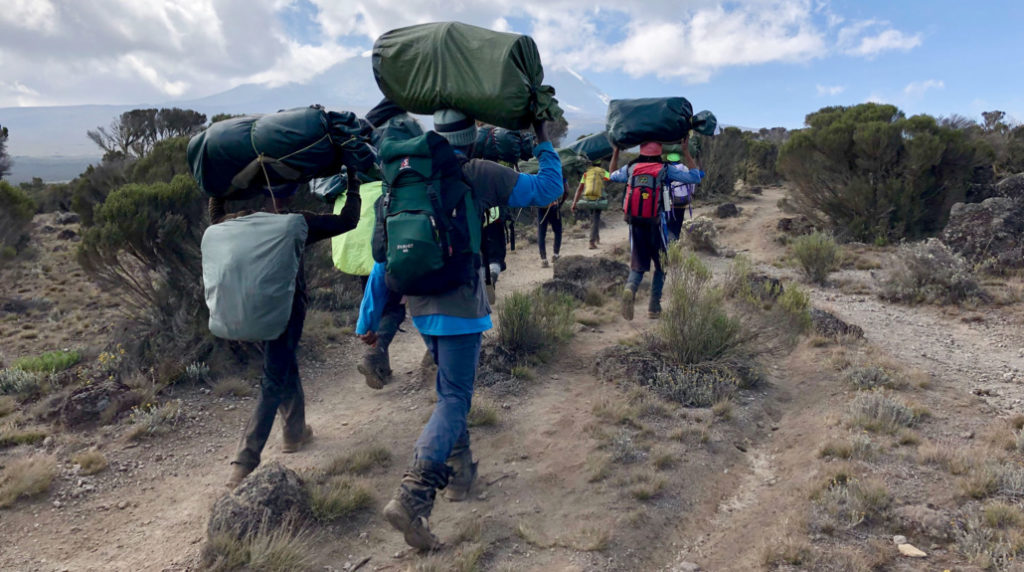
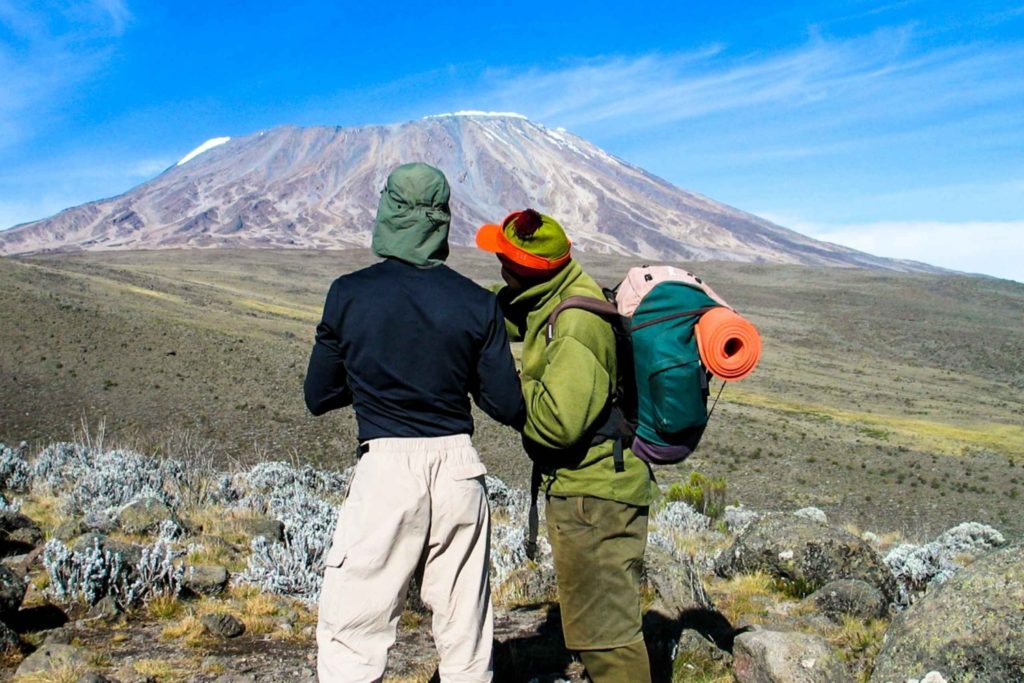
Kilimanjaro expeditions are fully supported, meaning that a team of guides, cooks, and porters accompany climbers on the trek to undertake to all or any the work. The porters acknowledged the tents, take down the tents, cook the food, fetch the water, and clean the campsite. Clients don’t get to use their precious energy doing any labor and instead can specialize in acclimatizing to the altitude and enjoying the hike.
For every client, there is around three to four personnel. this might sound excessive until you realize what’s actually brought on the mountain. First, there are the sleeping tents and thus the dining tents. There are sleeping pads and sleeping bags. within the dining, tents are folding tables and plastic chairs, also as lanterns, silverware, bowls, and dishes. The food is prepared during a kitchen tent, equipped with a stove, fuel, pots, and pans. And this food and equipment are required for not only the clients, apart from the staff serving them also.
The staff will carry everything described above. additionally, they carry most of the clients’ gear too. thanks to this, climbers don’t get to carry heavy packs. With minimal gear, merely enough to need the care of any immediate food, water, or clothing needs, clients can specialize in enjoying the hike. Typically, climbers’ packs weigh 15-20 lbs. at the beginning of the day, with three liters of water making up almost 7 lbs. of that.
5. Acute Mountain Sickness is dangerous.
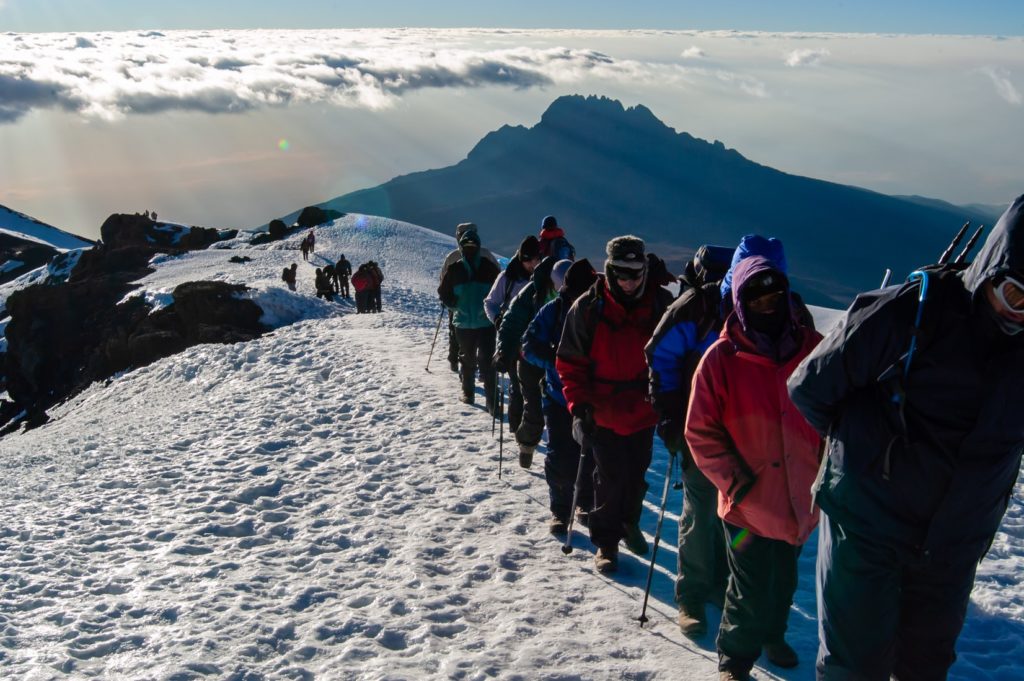
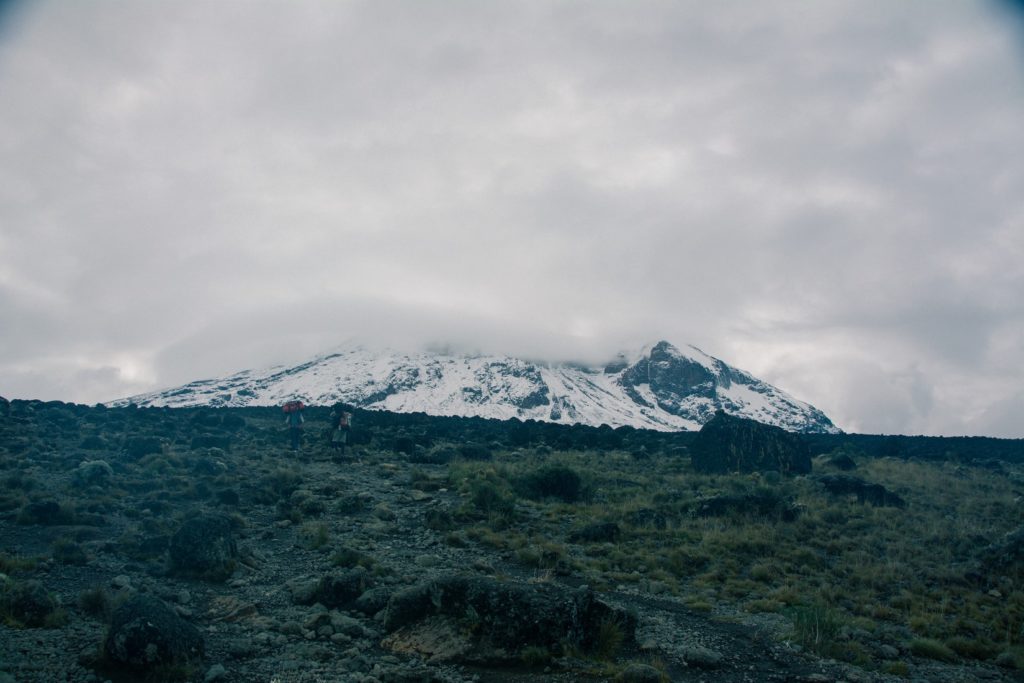
The air is thinner at high altitudes. this is often the explanation for a standard illness experienced by climbers referred to as acute altitude sickness (AMS). AMS is that the primary reason that folks fail to succeed in the summit of Kilimanjaro. And while mild sorts of AMS are expected while climbing Kilimanjaro, severe sorts of AMS are potentially fatal.
AMS arises when the physical body is adapting to the lower oxygen levels at high elevation. This process, referred to as acclimatization, creates some biological responses to combat oxygen deficiency. More oxygen-carrying red blood cells are produced. The respiration rate is increased. When these actions aren’t sufficient to catch up on the reduced oxygen within the environment, AMS symptoms begin to seem.
Symptoms usually start with a light-weight headache, feelings of nausea, and a few fatigues. With time, these disappear because the body acclimatizes to the present elevation before the body is retested again at a better elevation. As long together is recovering during this manner, it’s a symbol that the body is overcoming the oxygen deficiency and there’s no cause for concern. In fact, some people that acclimatize quickly won’t feel symptoms in the least.
If symptoms don’t get away and become progressively worse, AMS becomes dangerous. Two sorts of severe AMS – high altitude pulmonary edema (HAPE) and high altitude cerebral edema (HACE) can cause death. HAPE and HACE end in bleeding within the lungs and brain, respectively.
Our team conducts health checks twice daily to watch the well-being of our clients. The health checks contain oxygen saturation readings, a review of pulse rates, and a survey of symptoms. the info is recorded to gauge changes over time. If the guides determine that it’s too risky to continue, you’ll be escorted down the mountain for your safety. we feature bottled oxygen and a transportable stretcher on every climb and may coordinate an evacuation on foot or by helicopter just in case of a medical emergency.
6.There is no wifi and no electricity, and that’s a good thing.
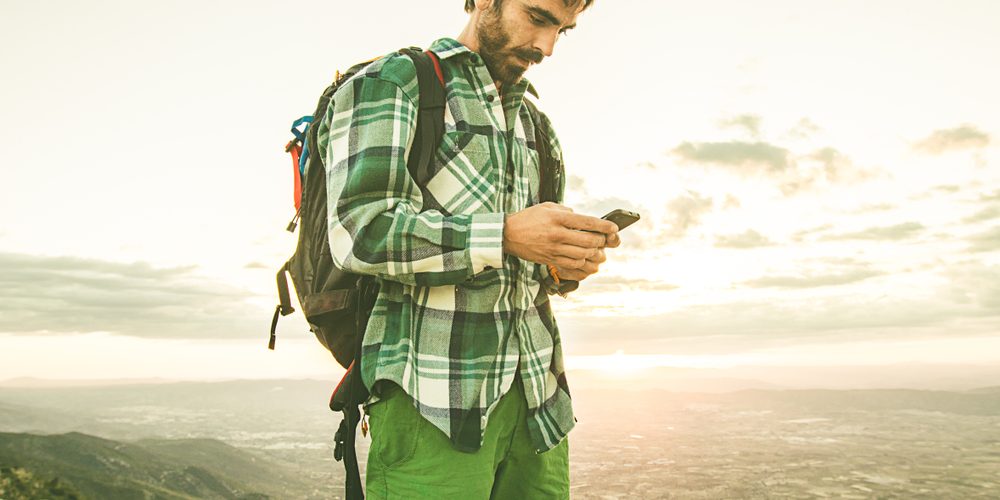
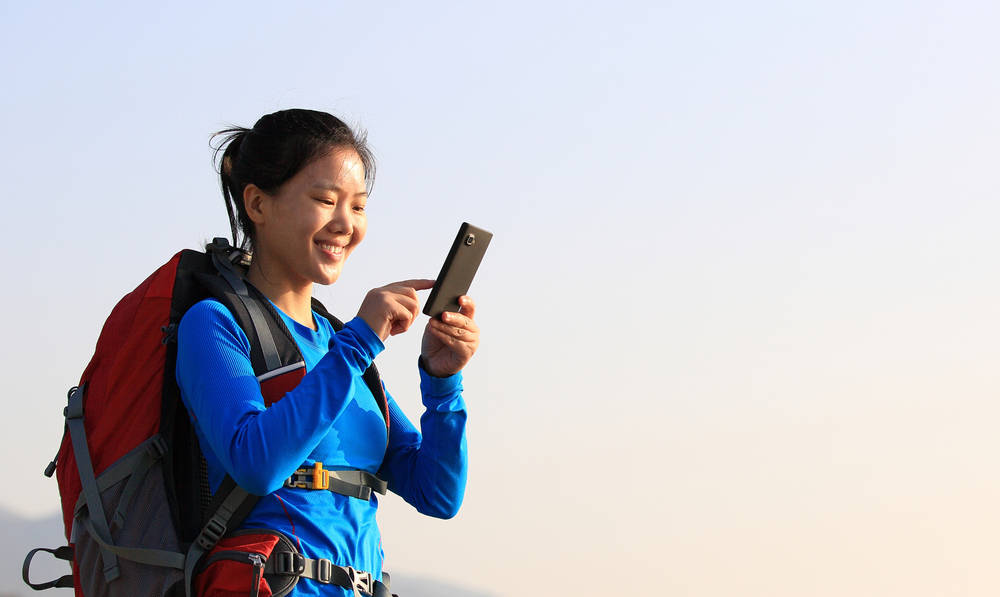
There is no wifi connection on the mountain. Cell service is extremely, very spotty. During every day, there may only be one or two possibilities to form a call, text, or email. But you ought to not depend upon it. Cloudy weather can sap the strength of the signal. If you’d wish to use your phone, ask the guides when and where you would possibly be ready to get a sign. or just observe when the local crews are on their phones.
Likewise, there’s no electricity in Kilimanjaro. there’s nowhere to charge camera batteries or smartphones, so plan accordingly. Bring enough camera batteries to last the whole climb. a transportable external battery pack is great for recharging phones. In our experience, solar chargers are unreliable and usually don’t work well.
We encourage you to use this chance to step far away from busy city life and work life and to reconnect with nature. it’s interesting that silence plus the outside can spark deep thought and self-realization that otherwise would have laid dormant. Use this point to reflect on what’s important in your life. Ponder if you ought to recommit to the trail you’re on or whether to form a change. This way, climbing Kilimanjaro just could be a life-changing experience for you wish it had been for others.
7. You don’t poop on the ground, but in a toilet.
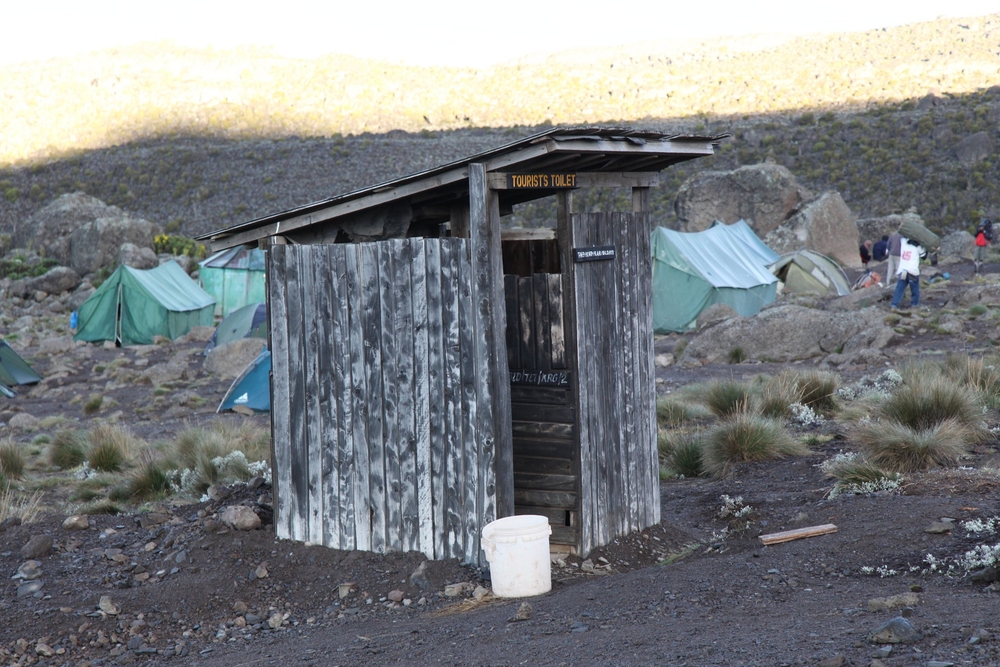
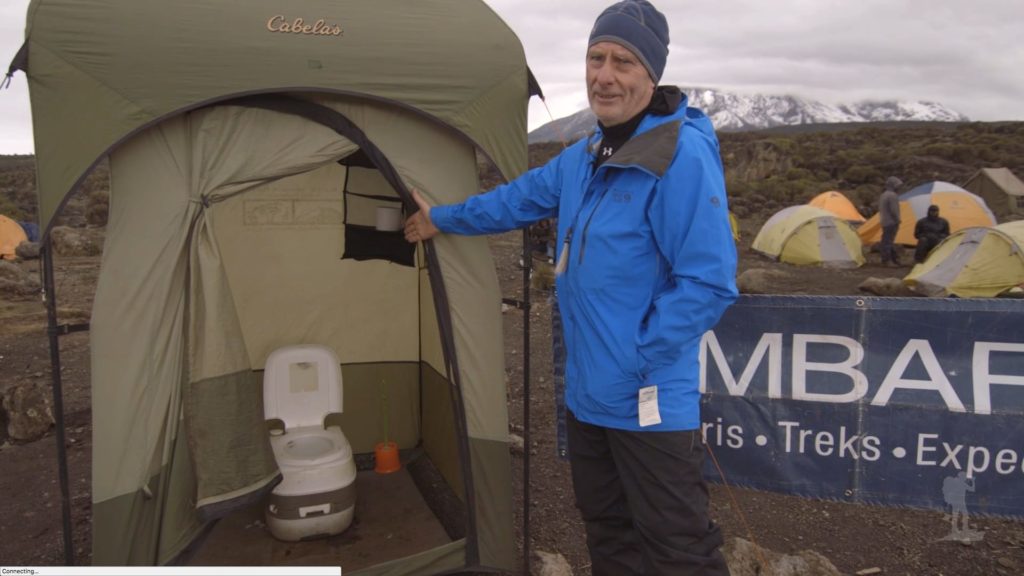
One of the primary questions people ask about Kilimanjaro is where can we poop? First, allow us to describe where people poop. Then we’ll describe where our clients handle their business.
On the mountain, there are “several established toilets” toilets at every campsite, pictured above. they’re simply holes dug into the bottom with a wooden shelter constructed above them. A ceramic “launchpad” is where you stand or squat over the opening. As you would possibly imagine, long drop toilets are disgusting and filthy and best avoided.
For Ultimate Kilimanjaro® clients, we offer private toilet tents, shown within the photo on the proper. the restroom tent consists of a plastic commode covered by a phone booth-sized and shaped tent for privacy. The commode is complete with a canopy, seat, and water-based flushing system. you employ it a bit like a daily toilet reception. a couple of hand pumps send water to rinse out the bowl.
What if you would like to alleviate yourself while on the trail? You go behind a rock or bush. And what about showers? There are none.
8. Summit night is tough, but you can do it.
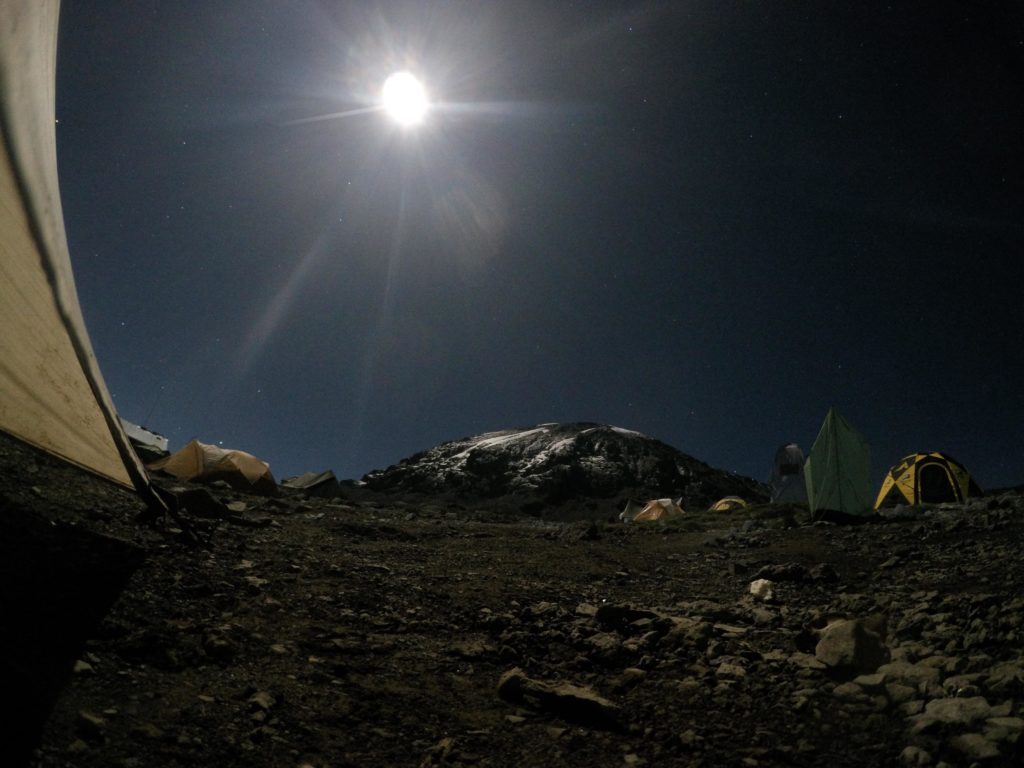
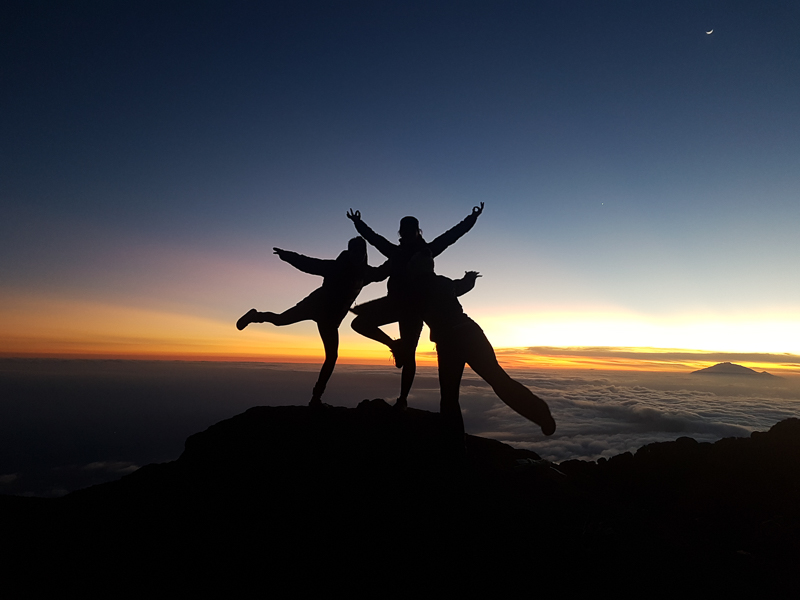
The typical day hikes contain walking short distances at a slow pace, with gentle elevation gains. most people wouldn’t consider lately as strenuous, but light and enjoyable. Summit night may be a different story. it’ll be difficult for nearly everyone.
This final ascent is different from the standard routine for a couple of reasons. It starts with being woken up at midnight. So you are doing not get a full night’s sleep beforehand. In other words, you start at an obstacle – sleep deprivation. Secondly, because it’s the center of the night, it’s dark. You won’t be ready to really see what’s around you and where you’re going. Your guides lead the way and you follow. A headlamp illuminates the trail just a couple of steps ahead of you. within the distance, you’ll see other headlamps far above and become disheartened about the trouble required.
Third, it’s cold. The climb to the summit puts you into the arctic ecological zone, where no plants or animals live. As you would possibly guess, the arctic region is cold. and since this final ascent is completed within the early morning hours, well before sunrise, the temperature can easily be below zero degrees with wind chill. This might sound terrifying but with the acceptable layers of clothing and accessories, you’ll be fine. most of the people wear four layers on top and three layers on rock bottom, alongside hats, gloves, and gaiters. The wind and cold got to be endured for about 6-7 hours. It warms up quickly when the sun rises.
The elevation gain is around 4,000 feet, followed by a 9,000 feet descent. this will take between 10 to 14 hours, or for a few, even longer. At the instant, you would possibly wish you were reception, resting on your comfy sofa. Don’t fret. Step by step, inch by inch, you’ll make it. many of us say it’s the toughest thing they’ve ever done. But the trouble required is what makes it worthwhile. within the end, climbing Kilimanjaro are some things to be pleased with because you endured this hardship, pushed on, and ultimately succeeded.
9. It’s going to cost some money.


Sorry to interrupt the news, but climbing Kilimanjaro isn’t cheap. albeit Tanzania could also be a third-world country, the fees imposed on tourists who visit national parks are quite high. In fact, most of the expenses incurred by Kilimanjaro operators are made up of mandatory park fees. At now, the park permits, other fees plus government taxes equal quite $120 per person per night. once you see considerable prices for Kilimanjaro climbs, understand that these numbers are a function of these costs that the operator has no control over.
Secondly, as we mentioned above in point three (climbs are fully supported), there’s plenty of manpower involved in every Kilimanjaro expedition. as an example, a gaggle climb of 15 people requires a crew of quite 60 staff members. Therefore, labor costs structure another large portion of total expenses.
Climbing the mountain day in and outing could also be a troublesome job. At Ultimate Kilimanjaro®, we reward our crew by paying them one of the absolute best wages on the mountain (only behind luxury operators who charge double our prices). Our staff consists of a superb bunch of people trying to make an honest living which they deserve.
As the 1st mid-range guide service on Kilimanjaro, our group climbs are competitively priced. There are budget operators who charge less but climbing with them comes with its risks. There are also luxury operators who charge much more, which we feel makes no sense. We are positioned where we’ll deliver great service, with a high standard of safety, at an honest price. this is often why our clients rave about our operation and refer their friends and family to us for his or her own Kilimanjaro adventures.
10. Expect to be on the mountain for at least six days.

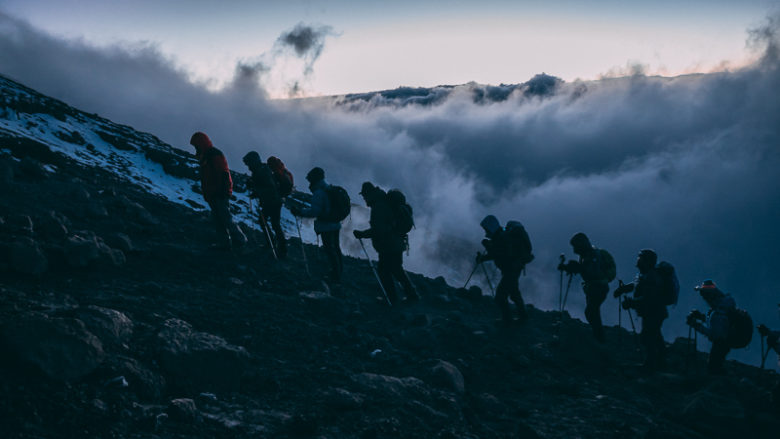
There are many different routes you’ll take up Kilimanjaro which all of which take you to the same place – Uhuru Point, AKA the summit. But we strongly recommend booking routes that are between six to ten days long. This goes for everybody, albeit you’re extremely fit, very experienced, and in your physical prime.
So why would you intentionally prolong the climb when the first goal is to succeed at the top? Please ask point five (because AMS is dangerous). The slower you ascend, the better it’s for the body to acclimatize. Therefore a gradual ascent, enough to initiate the acclimatization process but not an excessive amount of on overtaking the body’s ability to regulate, is key.
The shortest routes on the mountain are five days up and down. once you probe the small print, you’ll see that’s just three and a half days to climb from 6,000 feet to 19,340 feet. If that sounds incredibly difficult, it is, which is why park authorities report that the success rate for five-day itineraries may be a paltry 27%.
Don’t spend your hard-earned money, time, and energy only to become ill after a few days on the mountain. Though summiting Kilimanjaro won’t be within the cards for everyone, the foremost practical thing you’ll do is increase your odds dramatically by adding more days to your climb. the likelihood is that you’ll feel better, enjoy yourself more, and obtain to the highest.
11. Come for the mountain. Stay for the lions.
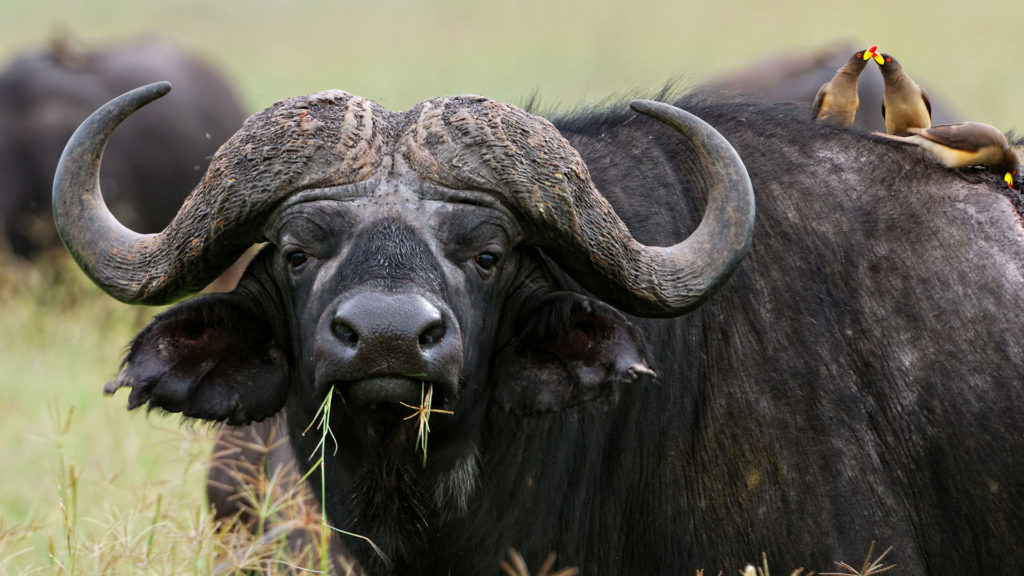
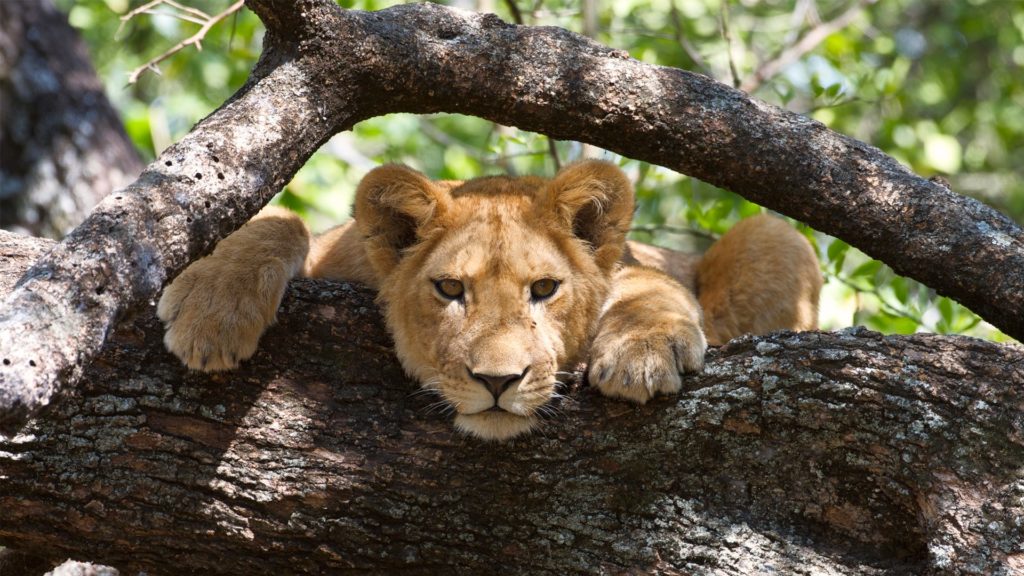
Don’t fly home right after climbing Kilimanjaro! it might be a shame to not spend a while in Tanzania’s famous national parks. Tanzania is understood because of the world’s best safari destination. Home to UNESCO World Heritage Sites – Ngorongoro Crater and Serengeti park – the country attracts thousands of tourists who come for the prospect to ascertain the large Five (elephant, leopard, lion, buffalo, rhino) and more.
So, before you book your return flight hurriedly, consider extending your holiday. we provide a variety of itineraries to fit your needs and desires, from day trips to multiple day itineraries, with accommodations in lodges, permanent tented camps, or luxury hotels.
A seasoned guide will take you where the animals are in durable, four-wheel-drive Land Cruisers with an opening pop-up roof. Our vehicles are equipped with pop-up roofs that permit you to observe wild animals in their natural habitat – clearly and closely, with no barriers or obstructions. If you’re lucky, you would possibly witness a cheetah stalk a gazelle, a pride of lions brings down a buffalo or a herd of wildebeest stampede across the open plains. These are sights you’ll always remember.
12. Getting to Mount Kilimanjaro is fairly easy.
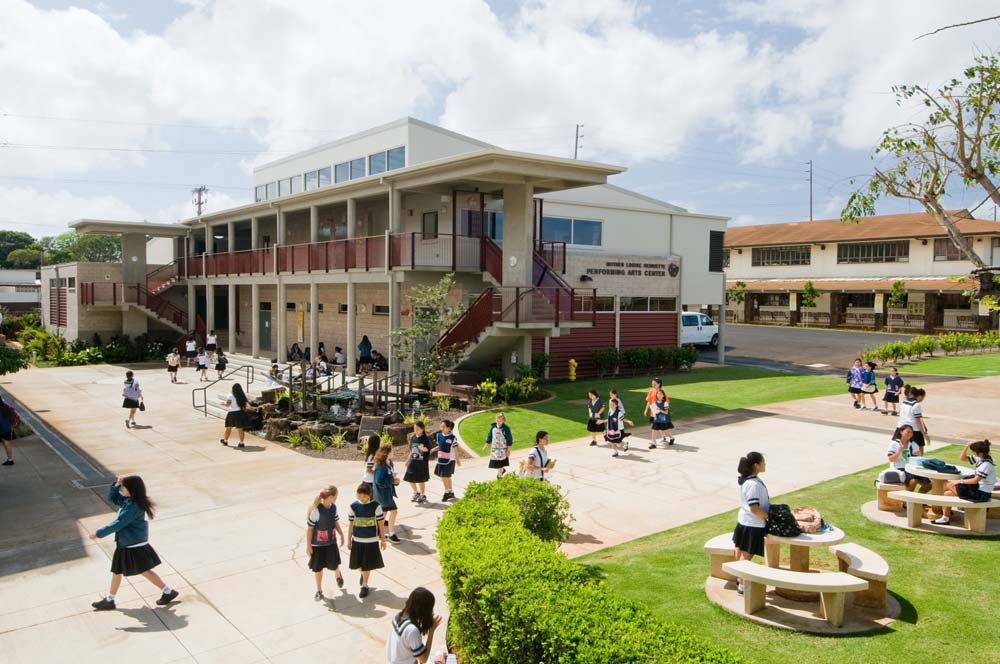
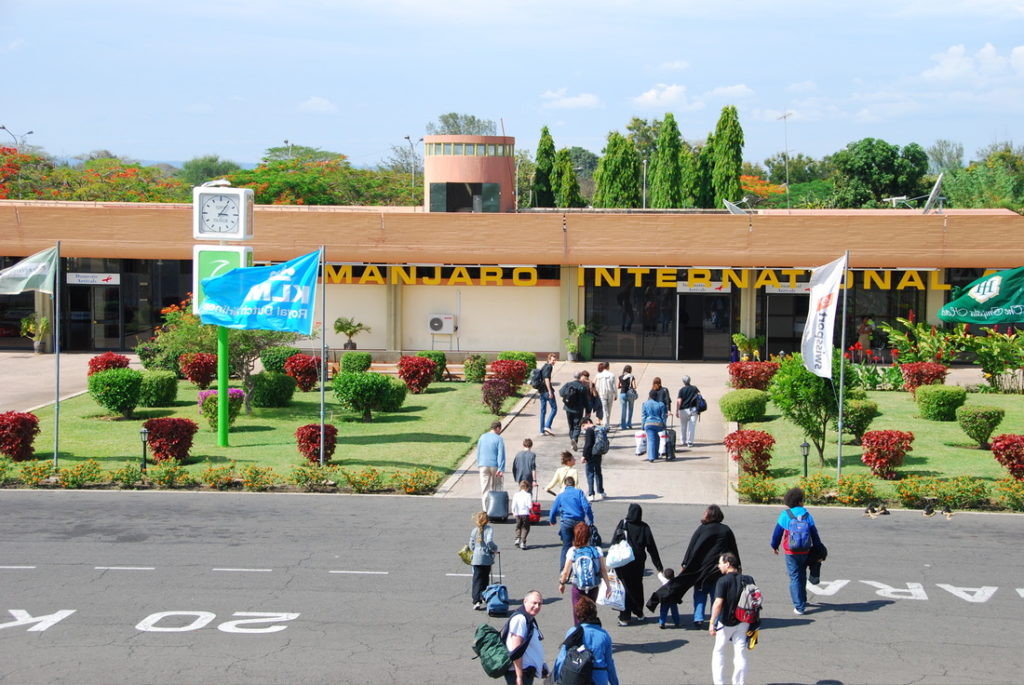
Kilimanjaro is sort of accessible for such a faraway destination. Tanzania has a world airport referred to as Kilimanjaro International Airport (airport code JRO). The airport is found near the towns of Arusha and Moshi. These two cities function the gateways to Kilimanjaro expeditions. Nearly all climb and safari operators are stationed in one among these places and can use accommodations here for his or her guests before and after their trips. We launch our trips from Moshi for many of our clients. Arusha, which is closer to Tanzania’s northern wildlife parks, is employed for those only happening a safari.
Arriving at Kilimanjaro airport, one can transfer to either Moshi or Arusha in about 40 minutes by vehicle. Taxis are readily available, perhaps too available, as you’ll be hounded by taxi drivers as soon as you exit the airport. But most operators offer pick-up and drop-off services for your convenience. If you’ve got arranged for a transfer, just ignore the gang and appearance for the driving force holding up a symbol together with your name and supreme Kilimanjaro® thereon .
There are a spread of choices to fly into the country – KLM, Turkish Airways, Kenya Airways, Air Kenya, Qatar Airways, Precision Air, Tanzania Air, Ethiopian Air, and FastJet. We recommend KLM for the foremost dependable service. However, flights from the USA to Kilimanjaro airport are always time-consuming, The shortest flights have a minimum of one stop in Amsterdam, with a complete time period of around 20 hours.
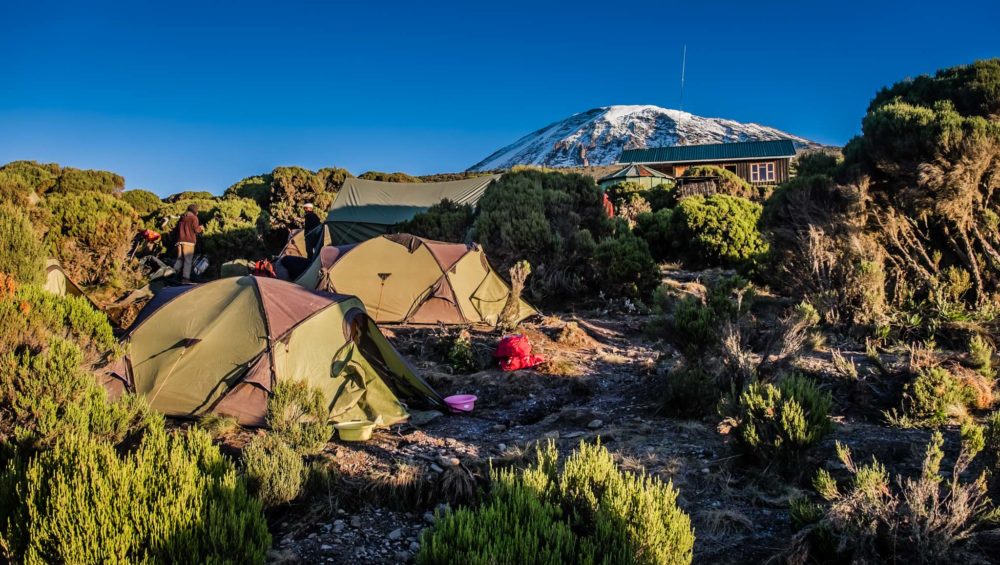
Leave a Reply